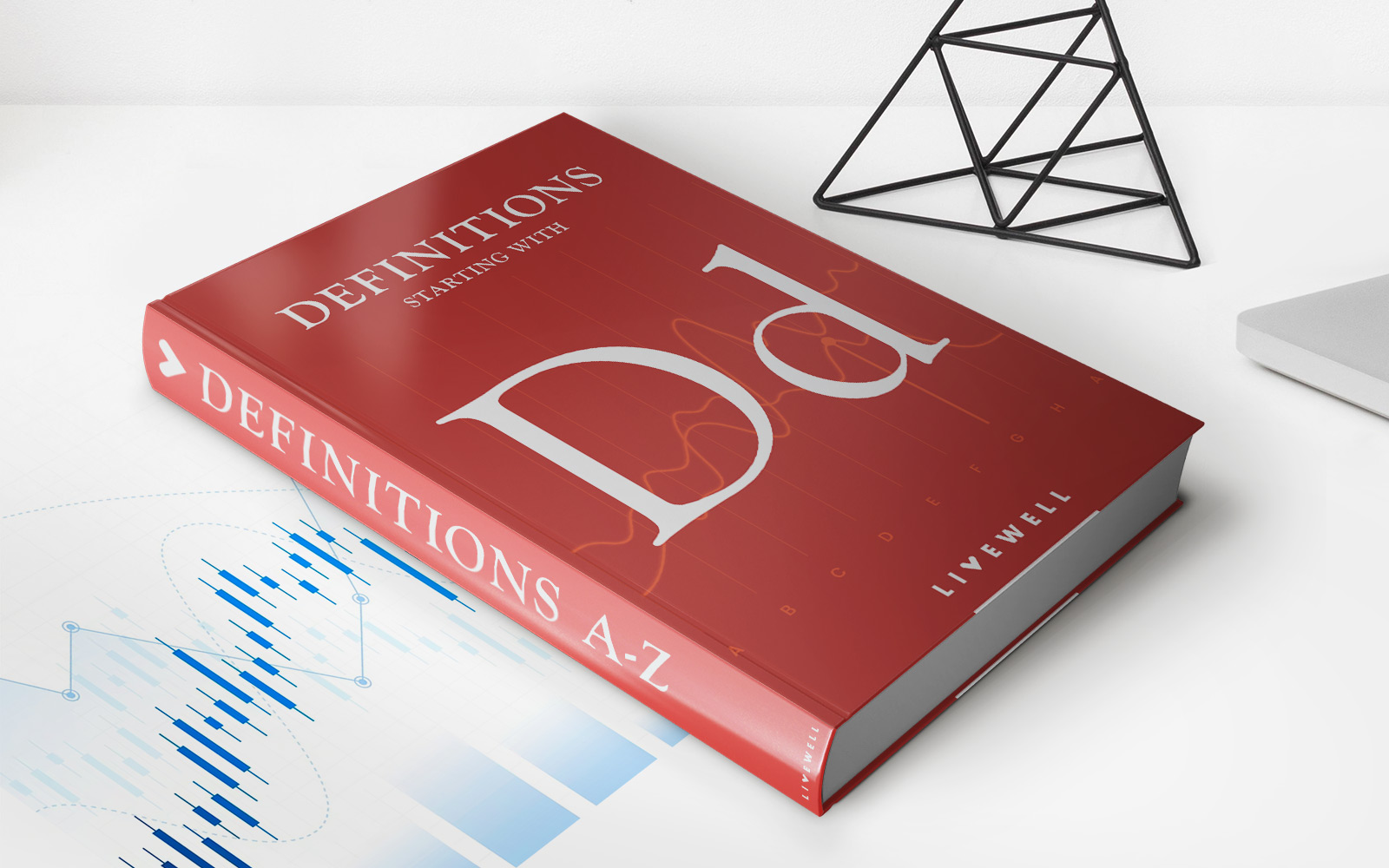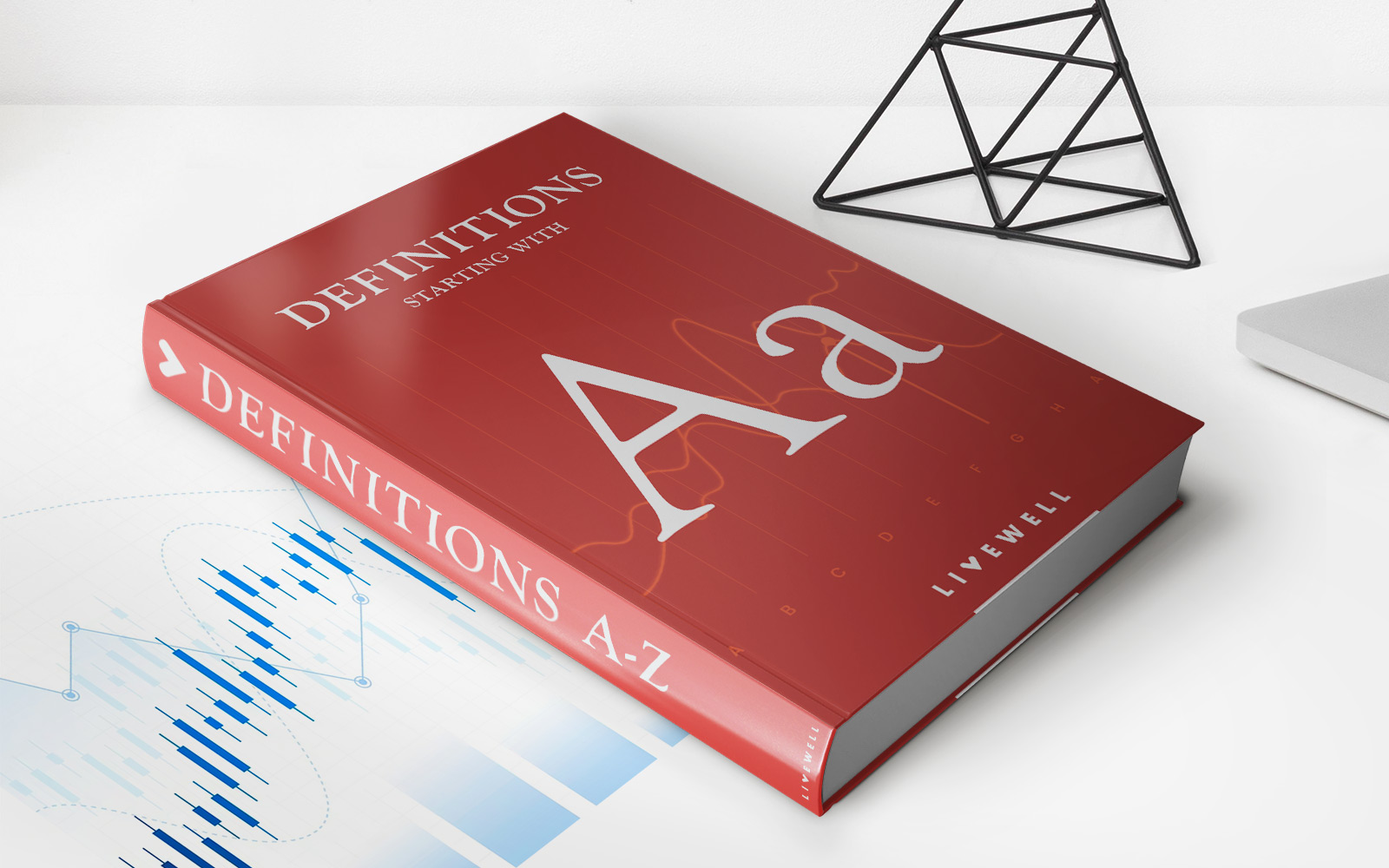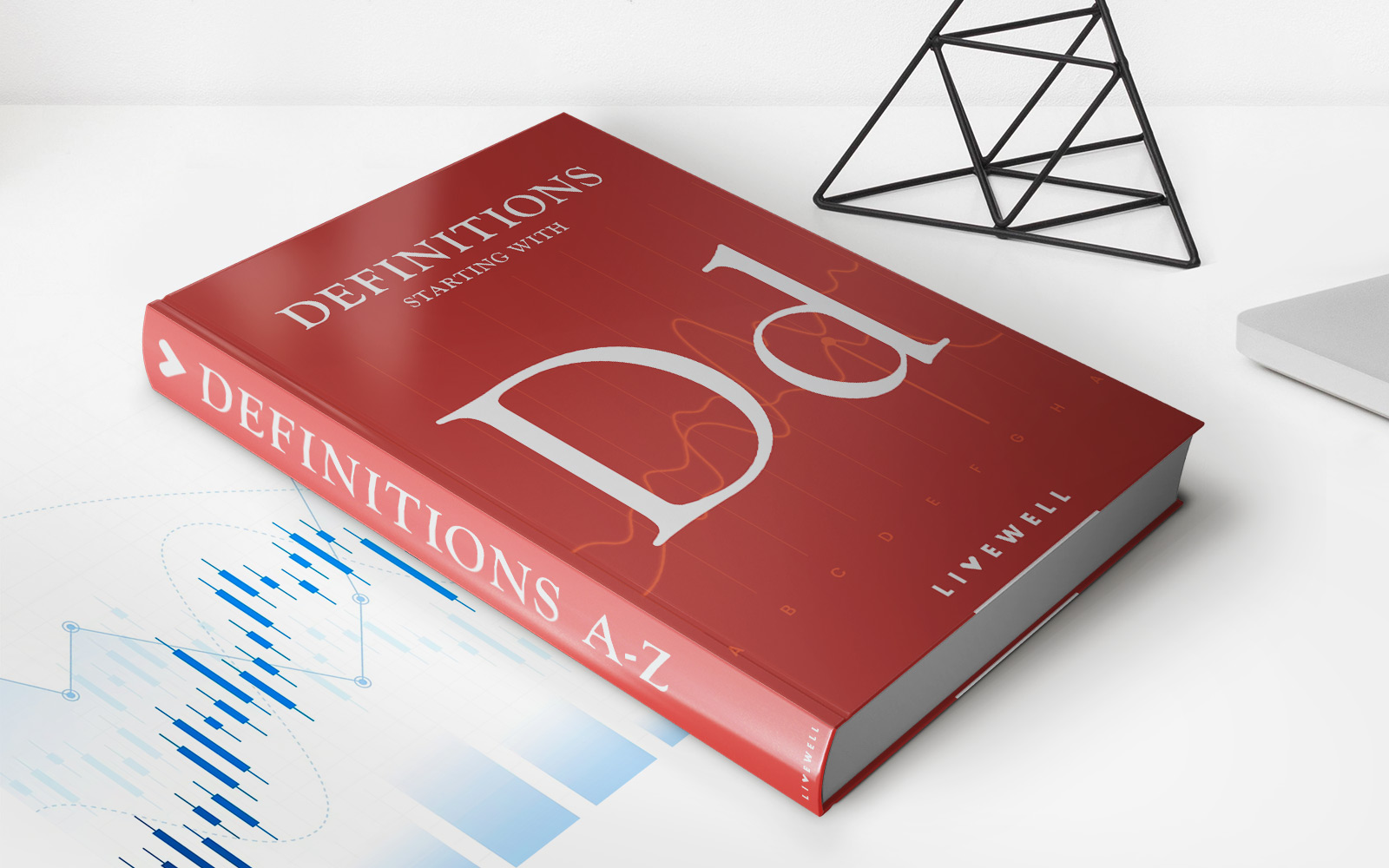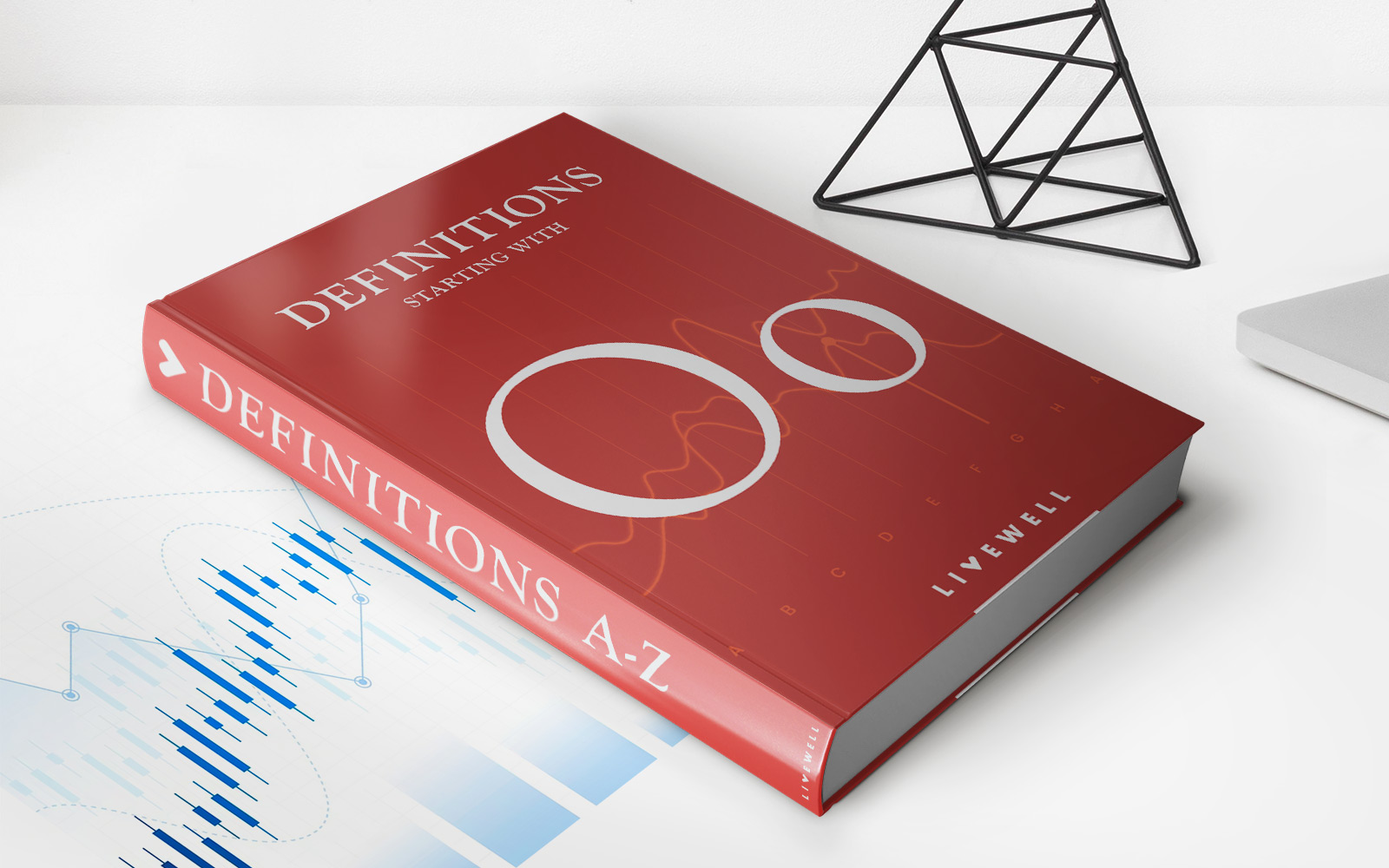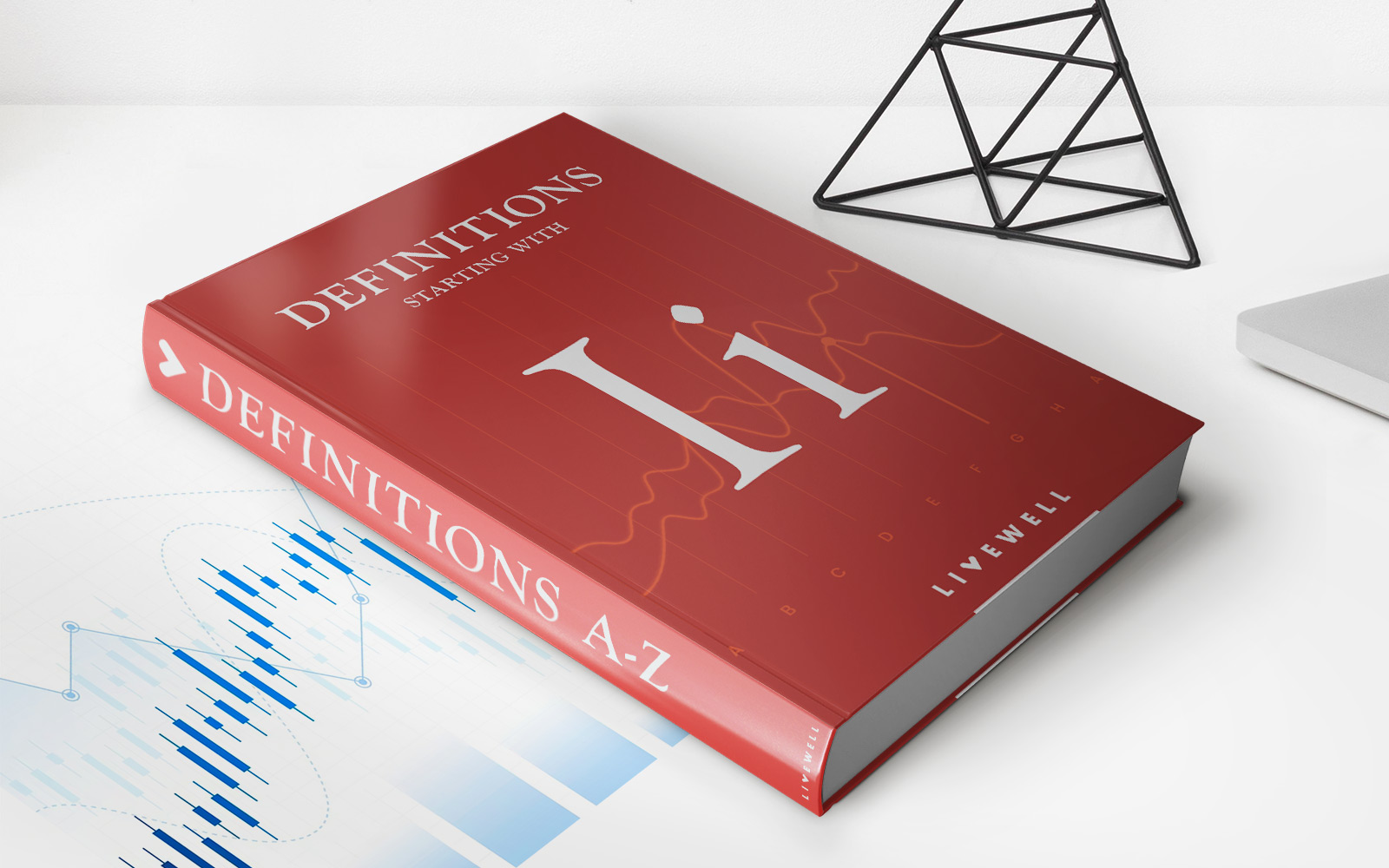

Finance
What Is Death Cross In Stocks
Modified: February 21, 2024
Learn about the finance concept called Death Cross in stocks. Gain insights into its implications for investors and how it affects market trends.
(Many of the links in this article redirect to a specific reviewed product. Your purchase of these products through affiliate links helps to generate commission for LiveWell, at no extra cost. Learn more)
Table of Contents
Introduction
Welcome to the world of stock market jargon! If you’ve recently delved into the world of finance and investment, you’ve probably come across terms like “death cross” floating around. So, what exactly is a death cross in stocks? In this article, we will dive into the intricacies of the term, its significance in the stock market, and how it is formed.
A death cross is a technical analysis pattern that is often used by traders and investors to identify potential changes in the momentum or trend of a particular stock or index. It is characterized by the crossing of two different moving averages on a price chart – typically the 50-day moving average and the 200-day moving average.
The concept of the death cross gets its name from the idea that it signals a potential downturn or “death” of the stock’s current upward trend. It is regarded as a bearish signal that suggests a shift from a bull market to a bear market.
Understanding the significance of the death cross can be crucial for investors and traders, as it can provide insights into potential buying or selling opportunities. By identifying and interpreting this pattern correctly, market participants can make informed decisions and manage their investment portfolios more effectively.
Now that we have a basic understanding of what a death cross is and its importance, let’s explore how it is formed and the factors that contribute to its occurrence.
Definition of Death Cross
A death cross is a technical analysis pattern in the stock market that occurs when two different moving averages intersect or cross each other on a price chart. Specifically, it refers to the crossing of the 50-day moving average (short-term trend line) below the 200-day moving average (long-term trend line).
When the 50-day moving average falls below the 200-day moving average, it indicates a potential shift in the stock’s trend from bullish to bearish. This crossing of moving averages is considered a bearish signal by many traders and investors, as it suggests that the stock’s price is losing its upward momentum and may be headed for a downward trend.
The death cross is named such because it symbolizes the potential “death” of the stock’s current upward trend and the emergence of a bear market. It is worth noting that the death cross is not an exact science, and it does not guarantee a significant decline in price or a change in trend. However, it serves as a warning signal or a prompt for investors to exercise caution and reassess their investment strategies.
This technical pattern is widely used by technical analysts and chartists to identify potential market reversals or trend changes. It is especially popular in the analysis of individual stocks, stock indices, and exchange-traded funds (ETFs).
It is important to note that the death cross is just one of many technical indicators used to assess market trends and make trading decisions. It should be used in conjunction with other analyses and indicators to confirm or validate its signals.
Now that we have a clear understanding of the definition of a death cross, let’s delve deeper into its significance in the stock market and how it is interpreted by traders and investors.
Significance of Death Cross in Stocks
The death cross holds significant importance for traders and investors as it provides insights into potential shifts in the stock market. By understanding the significance of the death cross, market participants can make more informed decisions about their investments.
One key significance of the death cross is its ability to signal a potential reversal in the upward trend of a stock or index. When the 50-day moving average crosses below the 200-day moving average, it suggests that the stock’s short-term momentum is weakening and may indicate the onset of a bearish trend. Traders often interpret this as a sell signal, prompting them to consider selling their positions or opening short positions to capitalize on the potential downtrend.
Furthermore, the death cross is seen as a confirmation of bearish sentiment in the market. It provides market participants with additional support for their bearish outlook, especially when other technical indicators or fundamental factors align with the bearish signal. This confirmation can give traders and investors more confidence in their decisions and help them anticipate further declines in a stock’s price.
Another significance of the death cross is its impact on investor sentiment. When news of a death cross spreads, it can lead to increased selling pressure as investors react to the perceived bearishness. The collective actions of market participants can further amplify the downward movement in a stock’s price, potentially creating a self-fulfilling prophecy.
It is important to note that the significance of the death cross may vary depending on the timeframe and the specific market conditions. For example, a death cross observed in a short-term chart may not carry the same weight as one observed in a longer-term chart. Additionally, in volatile or uncertain markets, the significance of the death cross may be diminished or less reliable.
Despite its significance, it is crucial to approach the death cross with caution and not rely solely on this indicator for investment decisions. It is always advisable to consider other technical indicators, fundamental analysis, and market trends when making trading decisions.
Now that we understand the significance of the death cross, let’s explore how this pattern is formed in the stock market.
How Death Cross is Formed
A death cross is formed when two moving averages, the 50-day moving average (short-term trend line) and the 200-day moving average (long-term trend line), intersect and cross each other on a stock’s price chart.
To understand how the death cross is formed, let’s break it down step by step:
- Uptrend: Initially, the stock is in an uptrend, with its price consistently moving higher over a period of time.
- 50-day moving average: The 50-day moving average is a line that represents the average price of the stock over the past 50 trading days. It is a short-term trend indicator that helps smooth out price fluctuations.
- 200-day moving average: The 200-day moving average is a line that represents the average price of the stock over the past 200 trading days. It is a long-term trend indicator that provides a broader view of the stock’s price movement.
- Crossing: As the stock’s price starts to weaken or consolidate, the 50-day moving average begins to fall below the 200-day moving average. This crossing of the moving averages represents a shift in the stock’s trend from bullish to potentially bearish.
- Formation of Death Cross: Once the 50-day moving average crosses below the 200-day moving average, the death cross is formed. This pattern visually appears as a downward crossover on the price chart.
The formation of a death cross suggests that the stock’s short-term momentum is losing steam, and it may be headed for a potential downtrend. Traders and investors interpret this as a bearish signal and consider adjusting their positions accordingly.
It is worth noting that the time frame in which a death cross forms can vary. Some traders may focus on shorter time frames, such as a daily chart, while others may look at longer time frames, such as a weekly or monthly chart. Different time frames can provide different insights into the stock’s trend and potential reversals.
Now that we understand how a death cross is formed, let’s explore historical examples of this pattern to gain more insights into its potential impact.
Historical Examples of Death Cross
Examining historical examples of the death cross can provide valuable insights into its potential impact on the stock market. While past performance is no guarantee of future results, analyzing previous occurrences can help traders and investors understand the patterns and potential outcomes associated with this technical indicator.
One notable example of a death cross occurred during the 2008 financial crisis. In January 2008, the S&P 500, a widely followed stock market index, experienced a death cross as the 50-day moving average crossed below the 200-day moving average. This signaled a shift in market sentiment and was followed by a sharp and prolonged decline in stock prices, reflecting the severity of the financial crisis.
Another prominent example took place in 2015 when the death cross formed in the chart of Apple Inc. (AAPL). After a period of strong growth, the 50-day moving average crossed below the 200-day moving average in August 2015. Following the death cross formation, Apple’s stock price declined, confirming the bearish signal. This example demonstrates how the death cross can be an early warning of a potential downtrend in a specific stock.
It is important to remember that not all instances of the death cross result in significant declines in stock prices. For example, in 2019, the death cross formed in the chart of Facebook Inc. (FB), but the stock price rebounded and continued to climb higher. This example illustrates the limitation of relying solely on the death cross as a predictive tool and emphasizes the need for a comprehensive analysis of other factors.
Additionally, it is essential to consider the overall market conditions and the individual characteristics of the stock when interpreting the death cross. Factors such as company news, earnings reports, and macroeconomic trends can significantly influence the stock’s performance and override the impact of a death cross.
By studying historical examples of the death cross, traders and investors can gain insights into the potential outcomes and use this information to inform their decision-making process. However, it is crucial to approach these examples with caution and consider them as part of a comprehensive analysis rather than sole indicators.
Now that we have explored historical examples, let’s move on to the interpretation and analysis of the death cross.
Interpretation and Analysis of Death Cross
The interpretation and analysis of the death cross involve understanding the potential implications and factors to consider when encountering this technical pattern in the stock market.
1. Bearish Signal: The death cross is generally regarded as a bearish signal. It suggests a potential shift in the stock’s trend from bullish to bearish. Traders and investors often interpret this as a prompt to sell or take a more defensive stance.
2. Confirmation and Validation: The death cross is more powerful when it is accompanied by other bearish signals or indicators. Traders often look for supporting factors such as deteriorating fundamentals, negative news, or weakness in related sectors to validate the bearish sentiment.
3. Time Frame: The significance of the death cross can vary depending on the time frame in which it occurs. Traders may give more weight to a death cross on a longer-term chart compared to a shorter-term chart. Analyzing different time frames can provide a broader perspective on the stock’s trend.
4. Volume and Confirmation: Paying attention to trading volume can provide additional confirmation of the death cross. A significant increase in trading volume as the death cross forms can indicate strong selling pressure and further validate the bearish signal.
5. Market Conditions: The interpretation of the death cross should always be considered within the broader market context. During periods of heightened volatility or uncertain market conditions, the reliability of the death cross as a predictive indicator may be diminished.
While the death cross can be a useful tool in technical analysis, it is important to acknowledge its limitations and not rely solely on this pattern for investment decisions. Traders and investors should always conduct comprehensive analysis by considering other technical indicators, fundamental factors, and market trends.
Moreover, it is essential to recognize that the death cross is not infallible and that there are instances where false signals can occur. Therefore, it is crucial to exercise caution and use it as one piece of the puzzle rather than solely relying on it.
Now that we have explored the interpretation and analysis of the death cross, let’s discuss some pitfalls and limitations associated with this technical pattern.
Pitfalls and Limitations of Death Cross
While the death cross can provide valuable insights into potential trend reversals, it is important to understand the pitfalls and limitations associated with this technical pattern.
1. False Signals: The death cross is not foolproof and can produce false signals. There are instances where the death cross occurs, but the stock’s price does not experience a significant decline or a change in trend. Traders and investors should be cautious about relying solely on this pattern and consider it as part of a comprehensive analysis.
2. Delayed Signals: The death cross is a lagging indicator, meaning it may signal a change in trend after a significant portion of the decline has already occurred. By the time the death cross forms, the stock may have already experienced a substantial price drop, resulting in missed opportunities or late entries for traders.
3. Whipsaw Movements: In volatile or choppy market conditions, the death cross can generate whipsaw movements, where the stock’s price crosses above and below the moving averages multiple times. This can lead to confusion and false signals, making it challenging for traders to accurately interpret the pattern.
4. Short-term vs. Long-term Trends: The death cross primarily focuses on the crossing of short-term and long-term moving averages. While it can provide insights into potential short-term reversals, it may not always accurately capture the overall long-term trend of a stock. Traders and investors should consider using other indicators and analyses to assess the stock’s trend beyond the death cross.
5. Market Adaptability: The effectiveness of the death cross can vary in different market conditions. During periods of low volatility or range-bound markets, the signals generated by the death cross may be less reliable. Market conditions, including changes in investor sentiment and macroeconomic factors, can influence the accuracy of the death cross as a predictive indicator.
It is crucial for traders and investors to exercise caution and use the death cross as part of a broader analysis strategy. Combining the death cross with other technical indicators, fundamental analysis, and market trends can help mitigate the limitations and provide a more comprehensive view of the stock’s potential future direction.
Now that we have explored the pitfalls and limitations of the death cross, let’s conclude our discussion.
Conclusion
In conclusion, the death cross is a technical analysis pattern that holds significance in the stock market. It serves as a bearish signal, indicating a potential shift in a stock’s upward trend to a bearish one. Traders and investors use the death cross to make informed decisions regarding their investment portfolios.
However, it is important to acknowledge the limitations of the death cross. False signals, delayed signals, whipsaw movements, and market adaptability are factors that can hinder the accuracy of this pattern. Therefore, it is crucial to use the death cross as part of a comprehensive analysis strategy, incorporating other technical indicators, fundamental analysis, and market trends.
Despite its limitations, historical examples and proper interpretation of the death cross can provide valuable insights. By studying the formation and implications of the death cross, traders and investors can better understand potential trend reversals and adjust their strategies accordingly.
Remember, the death cross is just one tool among many in the arsenal of technical analysis. It is essential to consider other factors such as company news, earnings reports, and broader market trends when making investment decisions.
As with any investment approach, risk management and diversification are key. Employing proper risk management strategies, maintaining a diversified portfolio, and staying informed about market developments are all vital for long-term success in the stock market.
In conclusion, while the death cross can provide valuable insights into potential trend reversals, it should be utilized alongside other analytical tools and should not be the sole basis for investment decisions. By combining various indicators and analyses, traders and investors can make more informed choices and navigate the dynamic and ever-changing world of the stock market more effectively.


